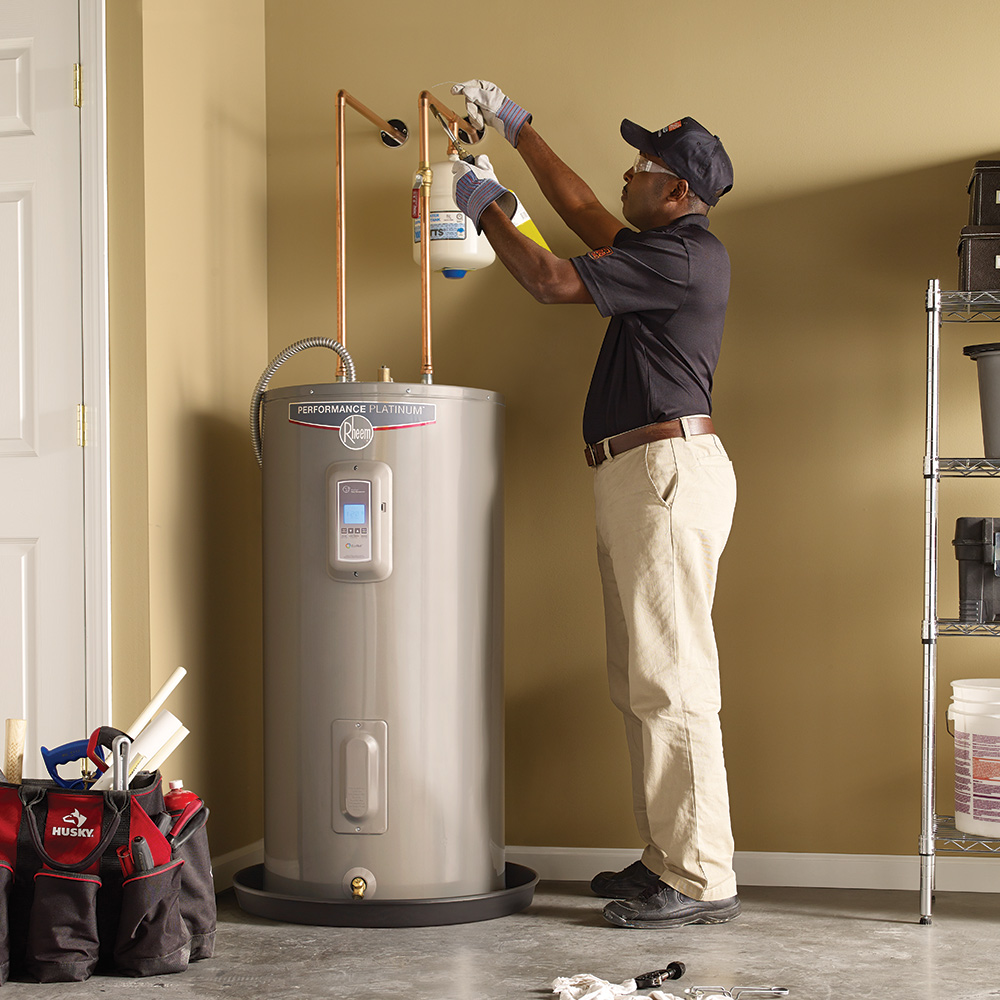Were you trying to find info on What Kind of Maintenance Do Water Heaters Need??

Warm water is vital for daily convenience, whether it's for a rejuvenating shower or cleaning meals. To guarantee your warm water system runs effectively and lasts longer, routine upkeep is key. This write-up offers sensible suggestions and understandings on how to keep your home's warm water system to avoid disturbances and costly repair services.
Introduction
Preserving your home's warm water system may appear difficult, yet with a few basic actions, you can ensure it operates smoothly for many years ahead. This guide covers whatever from comprehending your warm water system to DIY maintenance tips and understanding when to call professional assistance.
Value of Keeping Your Hot Water System
Routine upkeep not only extends the life expectancy of your warm water system yet also ensures it operates efficiently. Ignoring upkeep can bring about decreased efficiency, higher energy costs, and even premature failure of the system.
Indications Your Hot Water System Requirements Upkeep
Knowing when your hot water system needs interest can stop significant concerns. Keep an eye out for indicators such as inconsistent water temperature, unusual noises from the heating unit, or rustic water.
Comprehending Your Warm Water System
Prior to diving right into upkeep jobs, it's handy to recognize the basic components of your warm water system. Usually, this includes the water heater itself, pipes, anode rods, and temperature controls.
Monthly Maintenance Tasks
Normal monthly checks can help capture small concerns prior to they intensify.
Flushing the Water Heater
Flushing your water heater removes debris build-up, boosting effectiveness and extending its life.
Checking and Replacing Anode Rods
Anode rods prevent deterioration inside the storage tank. Checking and changing them when worn is essential.
Checking and Adjusting Temperature Settings
Adjusting the temperature level setups ensures ideal efficiency and safety.
DIY Tips for Maintenance
You can perform a number of maintenance tasks yourself to maintain your warm water system in top condition.
Looking for Leaks
Consistently evaluate pipes and connections for leakages, as these can cause water damage and greater expenses.
Evaluating Pressure Alleviation Valves
Evaluating the stress safety valve ensures it operates appropriately and stops excessive stress accumulation.
Insulating Pipelines
Insulating warm water pipelines reduces warmth loss and can save power.
When to Call an Expert
While DIY upkeep is useful, some problems call for expert knowledge.
Facility Problems Calling For Expert Aid
Instances include major leakages, electrical troubles, or if your water heater is constantly underperforming.
Routine Expert Upkeep Advantages
Specialist maintenance can include thorough examinations, tune-ups, and making sure compliance with security requirements.
Conclusion
Regular upkeep of your home's hot water system is important for performance, longevity, and cost financial savings. By adhering to these tips and understanding when to look for professional assistance, you can make sure a dependable supply of hot water without unforeseen interruptions.
How to Maintain an Instant Hot Water Heater
Before tinkering with your hot water heater, make sure that it’s not powered on. You also have to turn off the main circuit breaker and shut off the main gas line to prevent accidents. Also turn off the water valves connected to your unit to prevent water from flowing into and out of the appliance. 2. When you’re done, you have to detach the purge valves’ caps. These look like the letter “T” and are situated on either side of the water valves. Doing so will release any pressure that has accumulated inside the valves while at the same time avoid hot water from shooting out and burning your skin. 3. When the purge valves’ caps are removed, you have to connect your hosing lines to the valves. Your unit should have come with three hoses but if it didn’t, you can purchase these things from any hardware or home repair shops. You can also get them from retail stores that sell water heating systems. Read the user’s manual and follow it to complete this task properly. When the hosing lines are connected, open the purge port’s valves. 4. You should never use harsh chemical cleaners or solutions when cleaning your unit. Make use of white vinegar instead. It should be undiluted and you’ll probably use about 2 gallons. 5. Now flush your water heater. This task should probably take about 40 minutes. We can’t give you specific directions for this because the procedure is carried out depending on the type, model and brand of your heater. With that being said, refer to the user’s manual. 6. When you’re done draining the unit, you have to turn off the purge port valves again. Remove the hosing lines that you earlier installed on each of the water valves. Put the valve caps (purge port) back in their respective places and be very careful so as not to damage the rubber discs that are found inside these caps. 7. Now that everything’s back in place, check your user’s manual again to find out how to reactivate your water heating system. 8. Once it is working, turn one of your hot water faucets on just to let air pass through the heater’s water supply pipes. Leave the tap on until water flows smoothly out of it. https://www.orrplumbing.com/blog/2014/september/how-to-maintain-an-instant-hot-water-heater/

As a person who reads on How to Maintain a Hot Water Heater in a Few Simple Steps, I thought sharing that chunk was important. Loved our post? Please quickly share it. Help other people check it out. I am grateful for your time. Kindly come visit our blog back soon.
Call Today